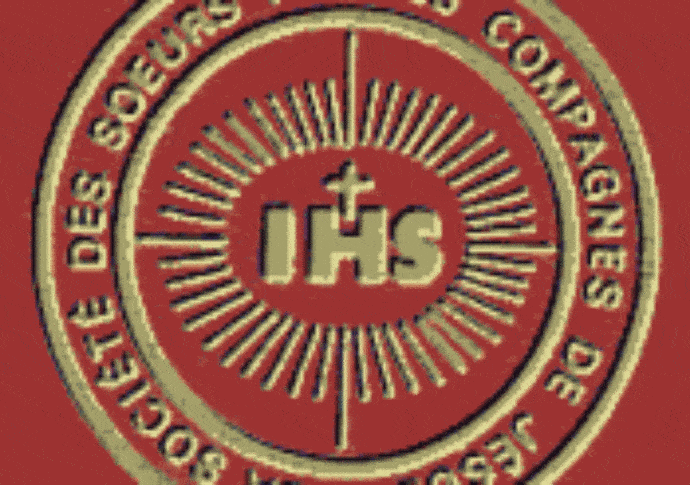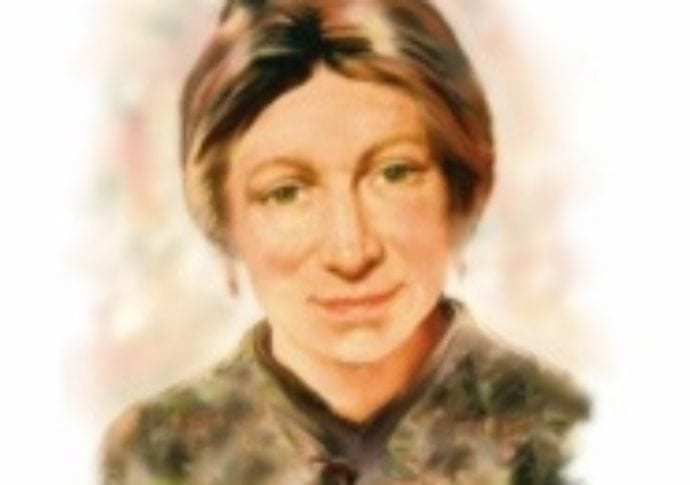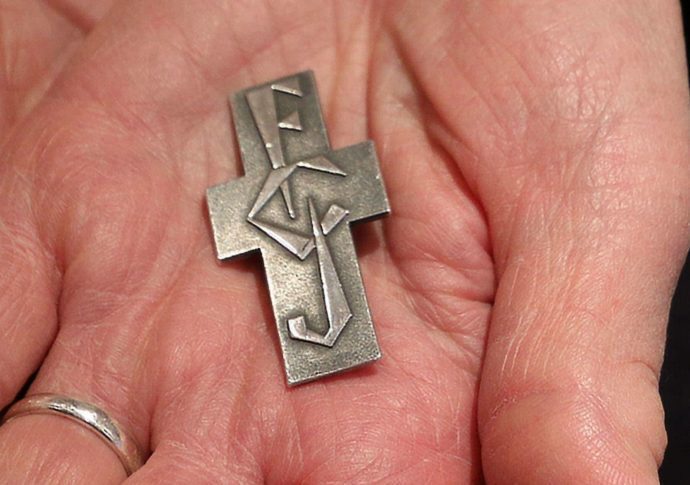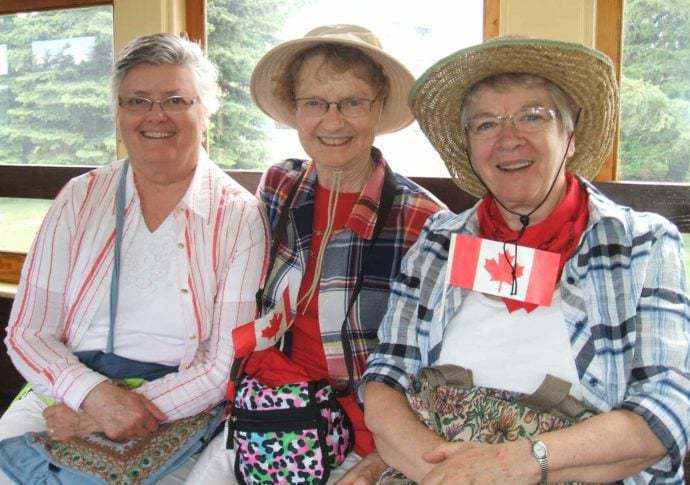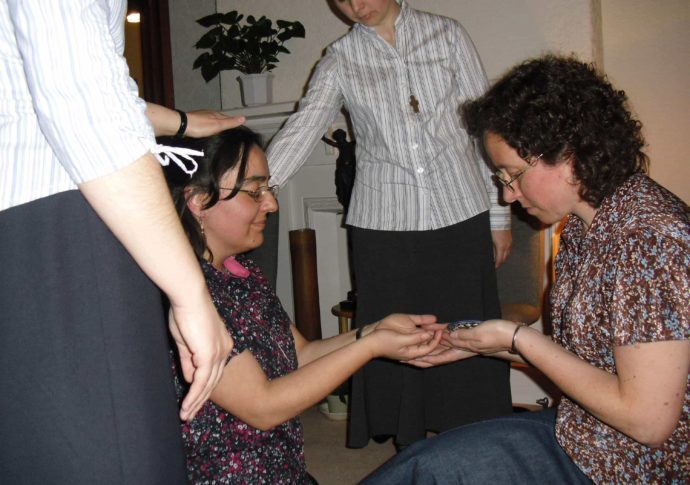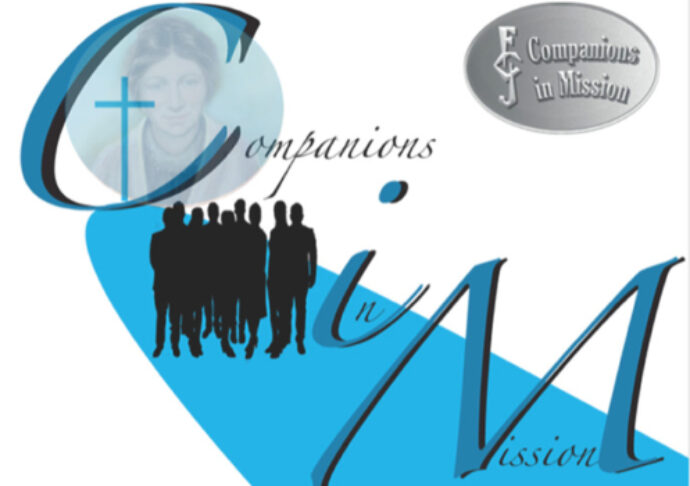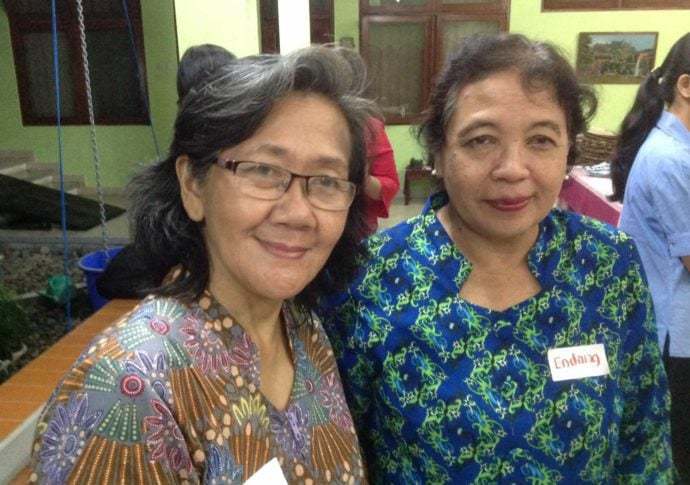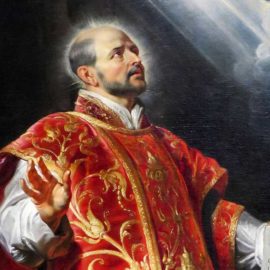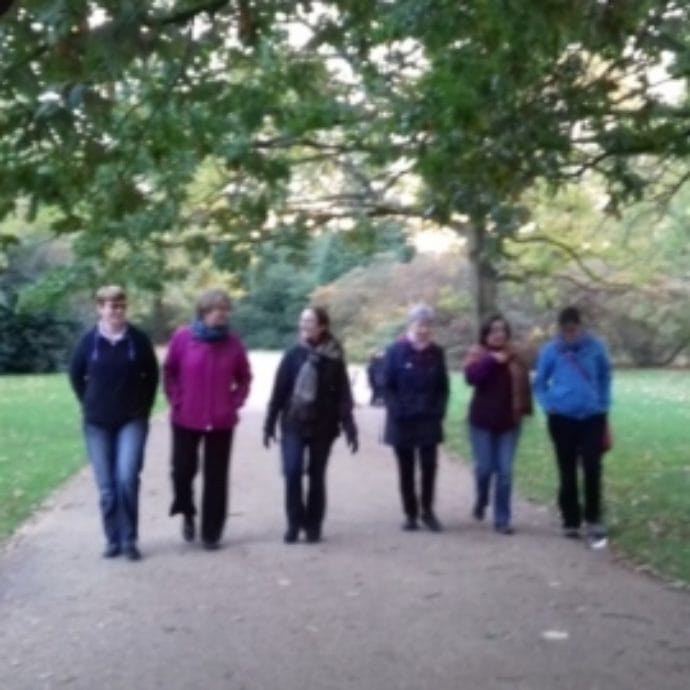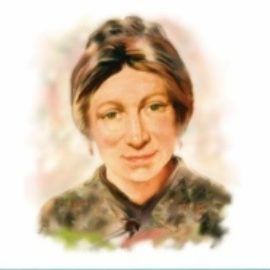In testing her vocation, the Jesuits put Marie Madeleine through many trials, but finally they agreed that she should begin her work. The new congregation came to birth on Holy Thursday 1820 in Amiens, France, where harsh deprivation and pressing human needs provided the fertile soil in which it took root and began to grow.
Amiens was then one of the principal centres of the cloth trade in France, and it was there that Marie Madeleine became acutely aware of the social problems that had surfaced in the wake of the Industrial Revolution. Large numbers of people, seeking employment in the local textile factories, moved from rural settings to the city, and the evils of female and child labour were particularly apparent. In the disused building provided by the town authorities, she set up a school for undernourished, exhausted children, many of them suffering from acute neglect. Each day, 250 children crowded in, carrying baskets full of cotton ends, to be unravelled and delivered to the local factories by their parents the following day. This unravelling work was the children’s indispensable contribution to the family income, and while they did it, they not only received religious instruction from the sisters but also followed, as far as possible, a basic school curriculum. In addition, Marie Madeleine and the early sisters, moved by the hardships endured by the women who worked in the factories, offered nightly sessions from 7-10 pm and leisure activities on Sundays.
France was one of the first countries to follow England on the road to industrialisation, and there, as in England, the owners of factories ‘bought’ children from orphanages and workhouses to work for them. These children, most of them probably unaware of what they were doing, signed contracts that made them virtually the property of the factory owners until they were 21 years old. They received board and lodging and, in theory, a weekly pittance for working sometimes more than 10 hours a day, 6 days a week. Large numbers of poor, uneducated women, having little money to feed and clothe their families, also worked long hours in the factories.
Amiens, the cradle of the Society
Strange as it may seem, the consequences of Marie Madeleine’s choice of school for her son, Eugène had life-changing consequences for herself. When Marie Madeleine decided to send Eugène to the new school she arranged to stay in Amiens to help her child settle and soon found herself doing voluntary work in the school. Marie Madeleine came to know and appreciate even more deeply the Jesuit fathers. Under their guidance her prayer life flourished and she eventually felt attracted to the Jesuit ideal of total self-giving to the Lord. In 1817 it was becoming clearer to Marie Madeleine that she was called to found a religious congregation, and she started looking for a house.
The house she bought on Rue du puis-vert in 1817, and to which the first companions came in 1820, is on what is now known as Rue Dupuis. The picture on the left shows what the street looked like at that time. The picture on the right shows the same view today with the convent building that was constructed in 1895. (The convent was by that time dedicated to St Philomena and the front façade of the building is surmounted by a statue of the saint.)



Just round the corner from Rue Dupuis (at that time rue du puis-vert) was the convent of the Religious of the Sacred Heart with its large chapel. Before the Revolution this had belonged to the Oratorians. This chapel was the place where Marie Madeleine had a deep mystical experience and heard the words I thirst from the crucifix. This experience was to have a profound effect on her life’s work.
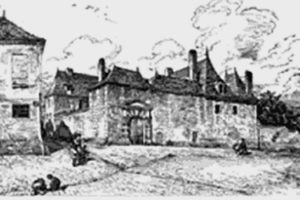
When the first companions came together they cared for numerous poor children and orphans and held night classes for women. Space was at a premium. The town authorities valued the work of the sisters and at their request the Minister for War lent Marie Madeleine and her Companions additional premises for their work with the poor children and women of the area. The adjacent picture shows this accommodation. The property had a courtyard and a garden and provided space for work and play. The night classes ran for many years until they were taken over by a congregation founded for this work. In 1846 Marie Madeleine obtained a property at Camon, then a village in the countryside. It became an orphanage and the house in Amiens was developed into a boarding school. The school thrived but was closed by the French government in 1904. The sisters continued to minister to the people of Amiens in various capacities until 1974 when after more than 150 years of service to the city, they withdrew. However it must be noted that the ‘1895 building’ is now used as a hostel for the homeless, so a ministry of service continues on the same hallowed spot where Marie Madeleine and the early companions worked with the poor of the city.
The FCJ sisters retain the house, the cradle of the Society bought by Marie Madeleine in 1817.
Read more about the history of the Faithful Companions of Jesus in France.



